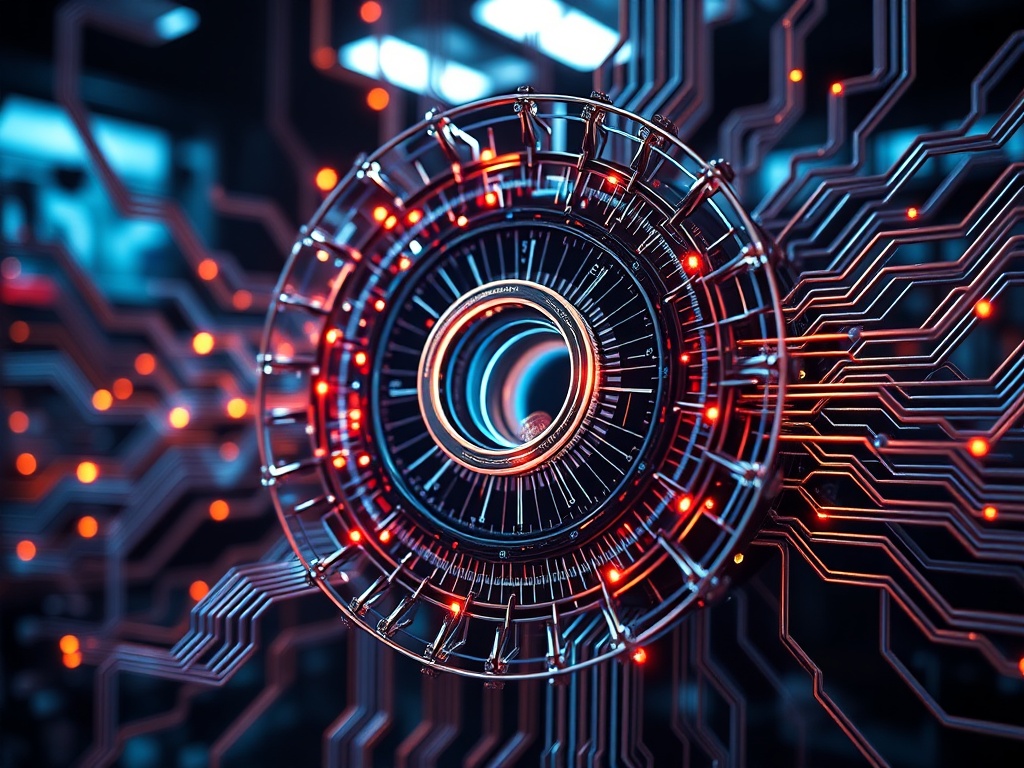Quantum computing is emerging as one of the most talked-about technologies because it changes how certain problems are solved, not just how fast they’re solved.
Rather than replacing classical computers, quantum machines offer a fundamentally different computational model that excels at specific tasks like simulating quantum systems, solving certain optimization problems, and breaking or strengthening cryptography.
What is quantum computing?
At its core are qubits, which unlike classical bits can exist in superposition—holding multiple states at once—and become entangled so their properties are linked across distance. Quantum algorithms manipulate these properties using interference to amplify correct answers and cancel out wrong ones. Key primitives include superposition, entanglement, and quantum gates that form circuits analogous to classical logic gates.
Why it matters
Quantum computing promises breakthroughs where classical methods struggle. Simulating molecules and materials at the quantum level can accelerate drug discovery and materials design by modeling interactions that classical approximations can’t capture accurately. Optimization tasks in logistics, finance, and machine learning may see dramatic improvements for specially structured problems. And because many widely used encryption schemes rely on assumptions about classical computing limits, quantum advances are spurring urgent work on quantum-resistant cryptography.
Where the technology stands
Multiple hardware approaches are competing: superconducting circuits, trapped ions, photonics, neutral atoms, and spin qubits each offer different trade-offs in coherence time, gate fidelity, and scalability.
Progress often focuses on improving qubit quality, increasing qubit counts, and developing error correction to combat decoherence and gate errors. Achieving fault-tolerant quantum computing requires substantial overhead in physical qubits to realize logical qubits, so practical large-scale machines remain a technical challenge.
Challenges and opportunities

– Error correction and noise mitigation: Quantum error-correcting codes are essential for reliable computation, but they demand many physical qubits per logical qubit. Hybrid approaches using error mitigation techniques on near-term devices help extract useful results today.
– Hardware scaling: Building systems with thousands to millions of high-quality qubits will require advances in fabrication, control electronics, and cryogenics for some platforms.
– Software and algorithms: Quantum algorithm design, compiler optimization, and hybrid quantum-classical workflows are producing practical toolchains for developers.
– Workforce and ecosystem: Demand for quantum-savvy engineers, researchers, and software developers is growing. Cross-disciplinary skills in physics, computer science, and engineering are valuable.
Realistic use cases
Near-term quantum devices can already tackle proof-of-concept demonstrations in chemistry simulations, small optimization problems, and sampling tasks. Long-term hopes include revolutionizing drug discovery, unlocking new materials, and transforming encryption—while near-term utility is best found by combining quantum processors with classical infrastructure in hybrid workflows.
How to get started
Build a foundation in linear algebra, probability, and basic quantum mechanics. Experiment with open-source toolkits and cloud-accessible quantum processors through popular SDKs and simulators. Follow open research, participate in challenges, and explore community learning paths and certifications to stay practical and employable.
Quantum computing is advancing on multiple fronts—hardware, software, and theory—and is creating new opportunities across industries.
Staying informed, experimenting with available tools, and building cross-disciplinary skills are the best ways to engage with this evolving field.